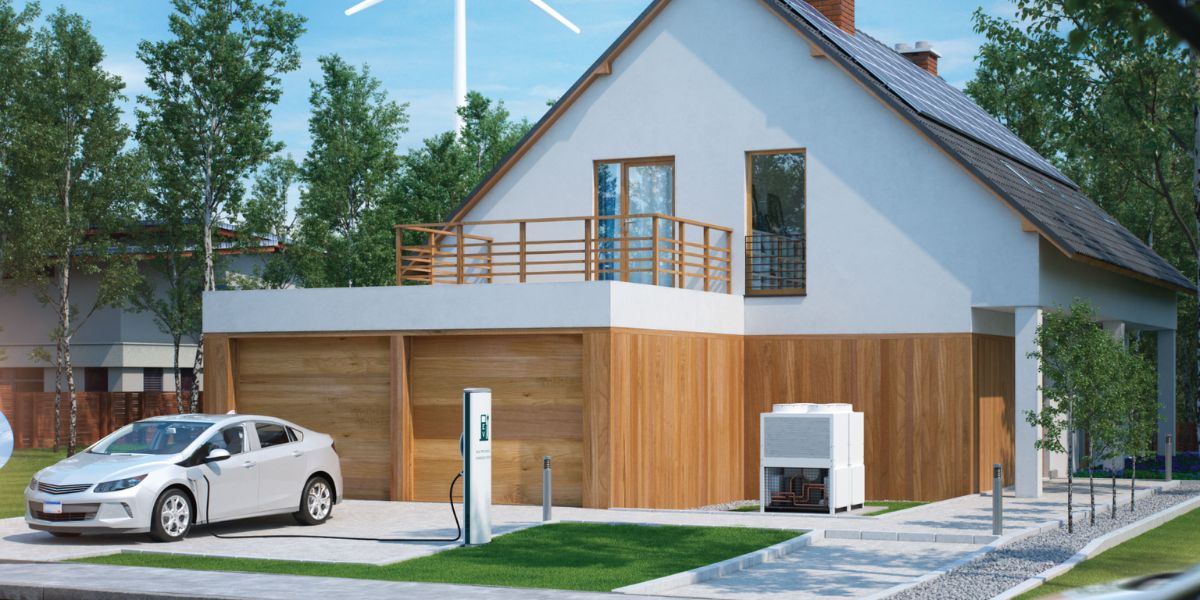A new rule will allow drivers to use their vehicles as little power plants, which will save them money. A new rule will allow drivers to use their vehicles as little power plants, which will save them money.
Under the law, Californians who own electric vehicles would be able to use their vehicles’ batteries to stabilize the electrical grid and provide renewable energy to their homes.
California Senator Nancy Skinner authored Bill SB59. In addition to bringing clean energy to households, the action will stabilize the grid, reduce utility bills for consumers, and unleash the potential of electric vehicles (EVs) to operate as portable power plants, she said.
This revolutionary device will allow cars to provide energy to homes
Many EVs in the Golden State may already have bidirectional charging, according to Sen. Skinner’s office.
According to the most recent data from the research, at least 8 million electric vehicles are anticipated to be in use in California by 2030.
Bidirectional charging is currently supported by a large number of EVs available on the market, including the Nissan Leaf, which is among the least expensive EVs available.
Additionally, Tesla plans to make bidirectional charging available for all of its EVs by the next year.
One of the companies that has been pushing the notion that EVs can power houses is Ford, with its F-150 Lightning pickup.
SB59 is also designed to replace backup generators, particularly diesel generators, which emit harmful pollutants. EV batteries can power a home for up to two days.
The bill would give the California Energy Commission the authority to require new EVs to have bidirectional capacity.
This enables an EV battery to power a home during times when energy use is at its highest. EV users might recharge their batteries during off-peak hours, including throughout the day when solar power is available. The Nissan Leaf can already transfer energy to the grid.
In the past, there has been a push for grid-based storage, like Tesla megapacks, which are a major source of rapidly dispatchable energy storage.
California estimates that integrating EVs into the electrical grid may save $1 billion in energy costs annually. According to estimates, drivers will be allowed to sell energy to the grid for up to $500 a year.
However, it will take time to introduce this because the cars need to be designed, and structures will also need to be modified in order to connect the vehicles. Tesla vehicles have not yet fully included bidirectional PowerShare features.
Additionally, drivers will have to keep their devices constantly plugged in and buy expensive charging equipment.
Auto dealers are launching a campaign to halt California’s EV mandate
Beginning in 2026, manufacturers are required to sell 35% of their vehicles as electric under California’s Advanced Clean Cars II law. Sales of petrol and hybrid cars will be outlawed by 2035.
According to auto dealers, those targets are impossible to meet because EVs accounted for 22% of the new California automobile market last year.
Additionally, they caution that in order to avoid paying fines, businesses would likely submit fewer gas and hybrid vehicles to the state.
Fewer cars on dealership lots would fetch higher prices from customers. In order to give the state and industry time to develop a strategy for future vehicle electrification that takes into account consumer preferences and the challenges of EV charging infrastructure, the California New Cars Dealers Association has suggested that the rule be placed on hold.
Drivers Beware: New Fines Coming to These States for This Common Mistake
The majority of automakers still reject the rule, despite last year’s agreement between the state and Stellantis, the parent company of brands including Dodge and Jeep, to comply with the law even if it is overturned.
CARB Chair Liane Randolph responded by calling the allegations a “false narrative” and a dishonest attempt to create a crisis that would compromise California’s public health goals.
She said the rule permits automakers to make up any gaps in EV sales within three years by using credits from previous sales of ZEV models.







Leave a Comment